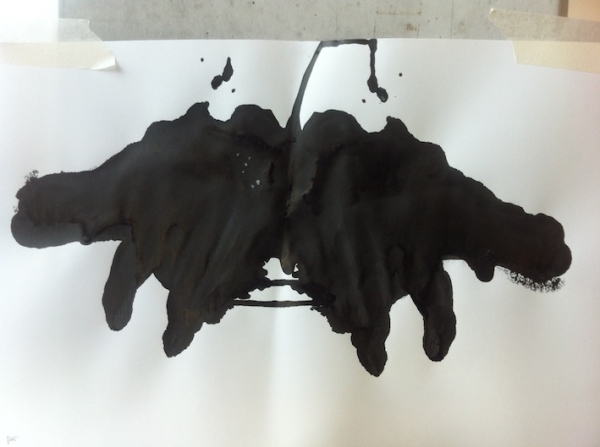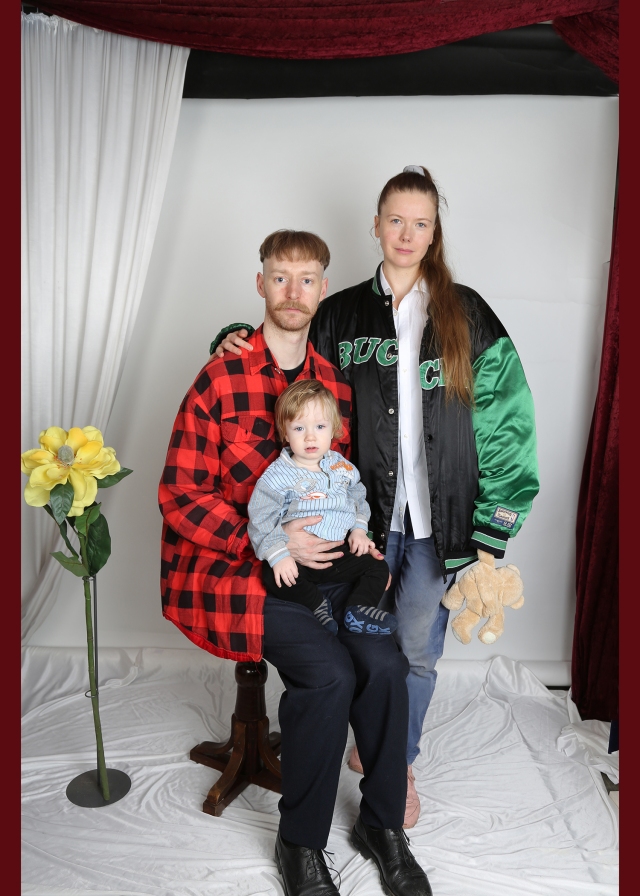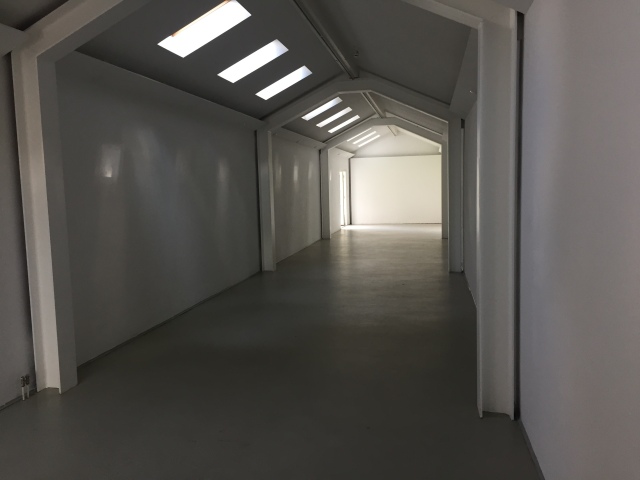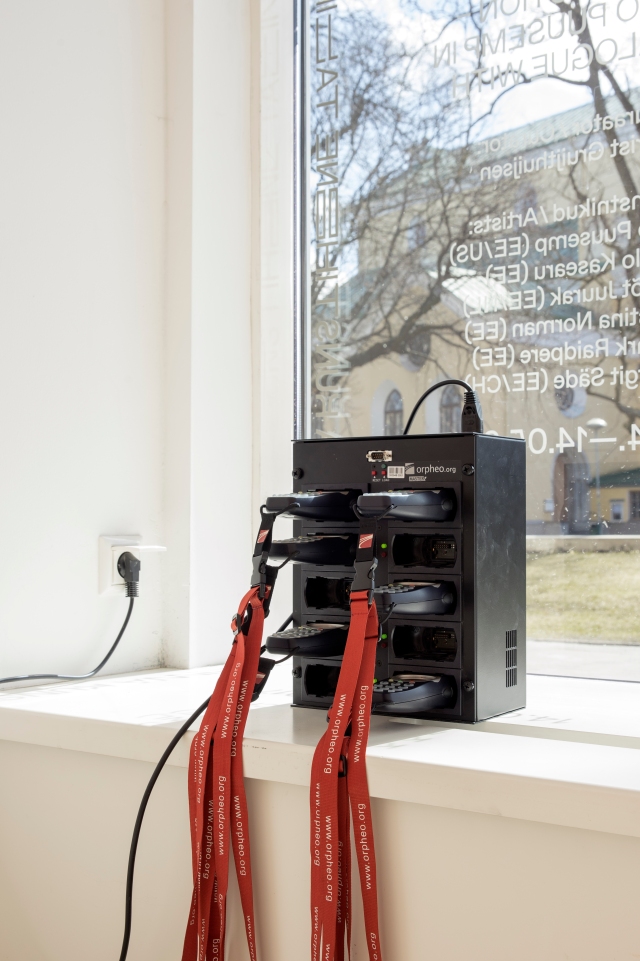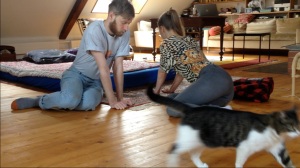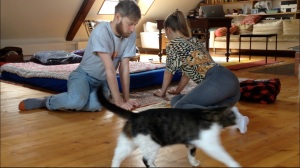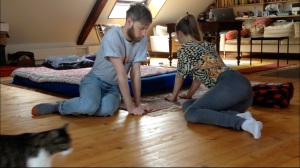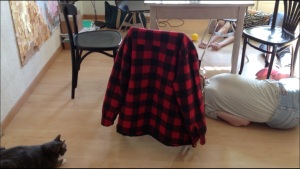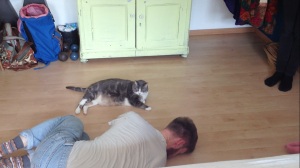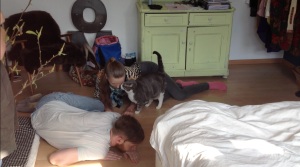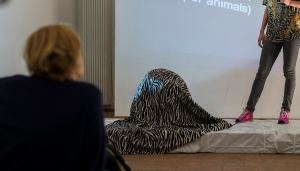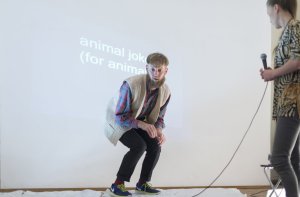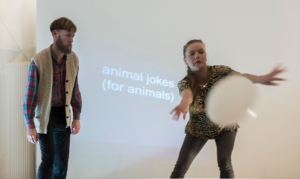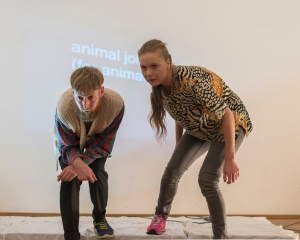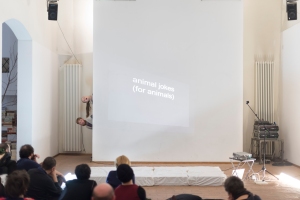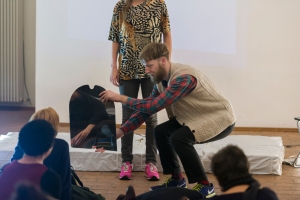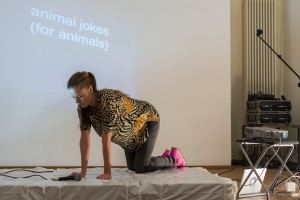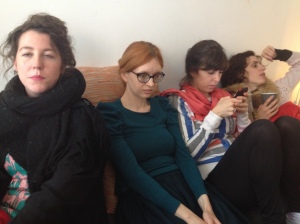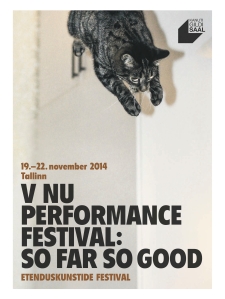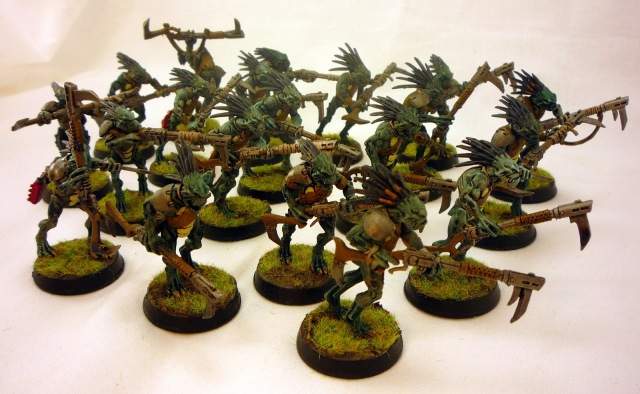Bad Mood is a mood and a performative condition. It cannot be performed at will but rather the mood performs itself through people and situations. “Bad Mood” manifests through personal presence or absence. “Bad Mood” will be present in the physical exhibition space as well as in the mental space around the exhibition (such as press, media, the Internet, events, guided tours, educational program of the institution etc.) “Bad Mood” has no physical form, and cannot be visually documented, it transmits itself primarily through contagion or word of mouth. It can be performed by anyone, and be documented in writing. The visitor/audience/witness would be informed of the presence of the work either verbally, such as through a rumor, or with a note on the exhibition sheet, in the catalogue. “Bad Mood” was originally created in 2013 (as part of the exhibition “3 Artists Walk into a Bar” at deAppel Arts Centre, Amsterdam)
Documentation (Thesis)
Presented at “3 Artists Walk into a Bar”, De Appel Boys School, Amsterdam; “Poppositions” 2015, Brussels; “Lo and Behold” at Manifesta Foundation, Amsterdam, curated by Juliette Jongma; April 2018 at MAMbo – Museo d’Arte Moderna di Bologna during Live Arts Week VII Bologna, a project by Xing
